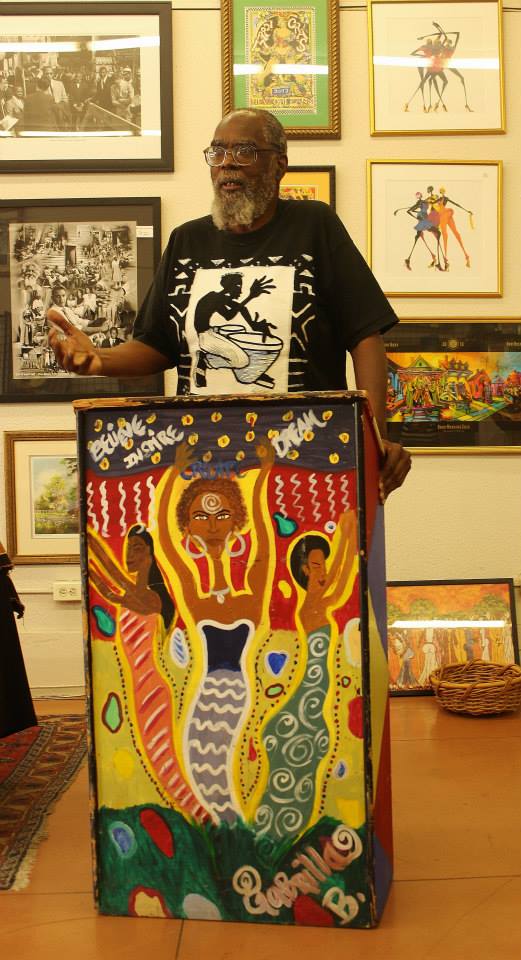ON WRITING
there have been three major revolutions in writing. first was the development of writing as another form of talking. writing had advantages talking did not have, mainly that in order to transmit information writing did not require a speaker and listener to both be present at the same time. indeed, the “listener” did not even have to be alive when the “speaker” was talking. there are other advantages but the development of text meant that writing was no longer bound by time and place.
in western society the next major development, or revolution, was mechanical or moveable type. the printing press was an efficient way to reproduce text. what previously was done by hand, could now be done in mass by machine. this meant that the text could not only easily be transmitted, the same text could be transmitted in multiple circumstances.
text not only could store more information than one individual could remember, text was portable and could be carried from place to place. not until the 20th century would speech be portable in the same way.
not until the 20th century would technology exist that challenged the convenience and supremacy of text. telephone, radio and sound recording were a major development. as obvious as it may be, we often overlook that telephone, radio and sound recordings do not require literacy to be appreciated. moreover, when photography and cinematography became available at a mass level, that was the third major development for sound as a transmitter of information. first was talk. second was sound. third was sound plus sight.
today the two mass forms of communication are 1. text and 2. sight&sound. of course these two forms can be combined but they represent two different approaches. to illustrate the complexity of these contrasting forms of communication think of braille (which is “physical” text, one literally feels the words) contrasted with audio books (which is sound, one literally hears the words).
sound, of course, has the advantage of being both literal and physical. there is both the literal meaning of the sounds, as well as the emotional weight of how the text is articulated when you hear the text. dig, sound is strong at transmitting emotion, plus words are often insufficient or inefficient at transmitting physical appearance. for instance, using words alone can anyone accurately transmit what the colors of a sunset look like?
the different strengths and weaknesses of text versus sight&sound do not have to be mutually exclusive, nor is one form of communication inherently better than the other, although it is true that there is a use hierarchy in modern communications within which one is more efficient and/or effective than the other. for example directions for solving a complex problem are better transmitted via text than trying to remember the specific instructions just by hearing them.
is a book better than a movie? if so, why then do we often judge that movies that are made from books have lesser impact than the book? nevertheless, the 21st century is an age in which the general transmission of information is sight&sound rather than text. the values inherent in that dichotomy are often expressed in the writing instruction: show, don’t tell. for example, in creative writing showing a character is angry or embarrassed is stronger than simply saying a character is angry or embarrassed.
yet, it is also true that text has its own deeptitude, and that is what we writers should strive to achieve, even as we recognize that text cannot compete on the emotional level, we should be aware (and celebrate) the strengths and advantages of text. after first, literal meaning, and second, mass distribution unbound by time and place, the third strength of text is the ability to explicate, to examine and articulate the how of an event or thing, how it came into being and how it transforms while being itself.
from my perspective, we as writers, have six issues to deal with: 1. who, 2. what, 3. when, 4. where, 5. why, and 6. how. text is particularly strong when we deal with the “how” of an event. which, after all, has been the purpose of this essay, i.e. understanding the use of text as a form of communication, understanding the strengths and weaknesses of text, and, as writers, working with our strengths and compensating for the fact that text lacks the physical sensations of sight, sound, odor, touch, and taste.
as a black writer in america, a descendant of people who were enslaved, my writing deals with questions of freedom—freedom from oppression and exploitation, and freedom to explore and express my thoughts and feelings. in this context “blackness” itself is not defined exclusively by race. a major characteristic of “blackness” is the search & the struggle for the freedom to be one’s self without being oppressed or exploited.
once we grasp and advance the freedom principle, and apply that principle universally, we will ask questions and make assertions that interrogate the realities and assumptions of the society within which we are born, live, struggle, and die. for example, in general when we marry why do we take the man’s name. why not use both names to indicate the partnership? why don’t both partners change their names from one or the other, to a third name that is either a combination of both or a completely new name for both?
the convention of naming is just a little something to think about as we writers struggle to keep up with the digital technology of communications.
—kalamu ya salaam

